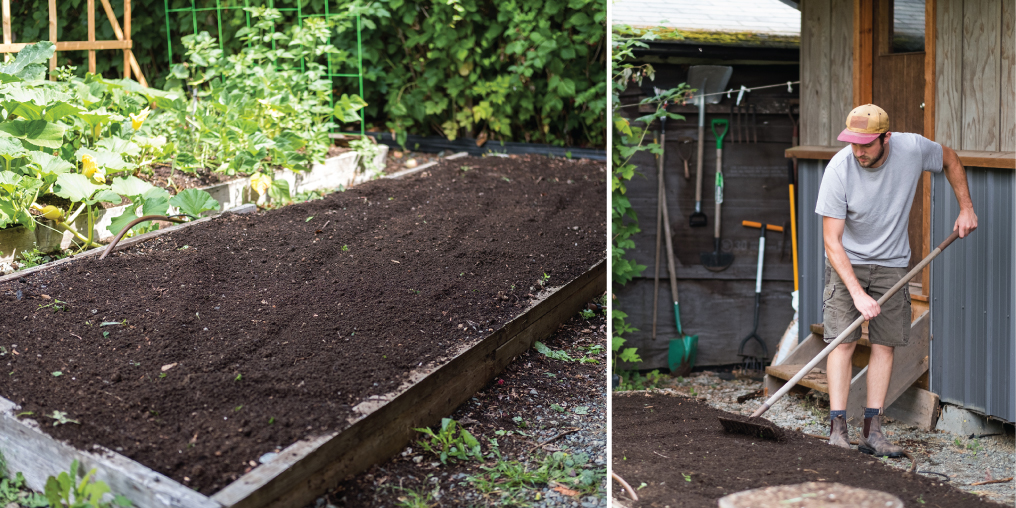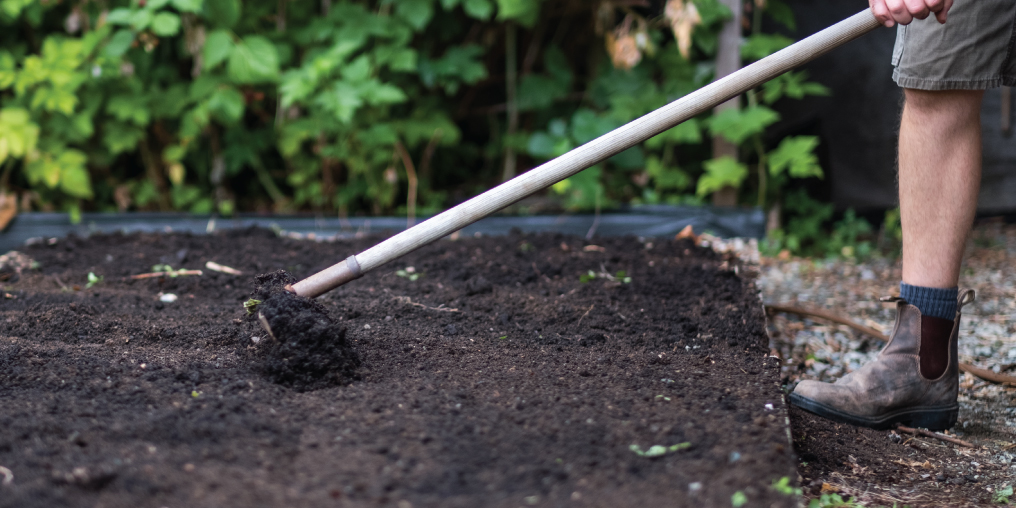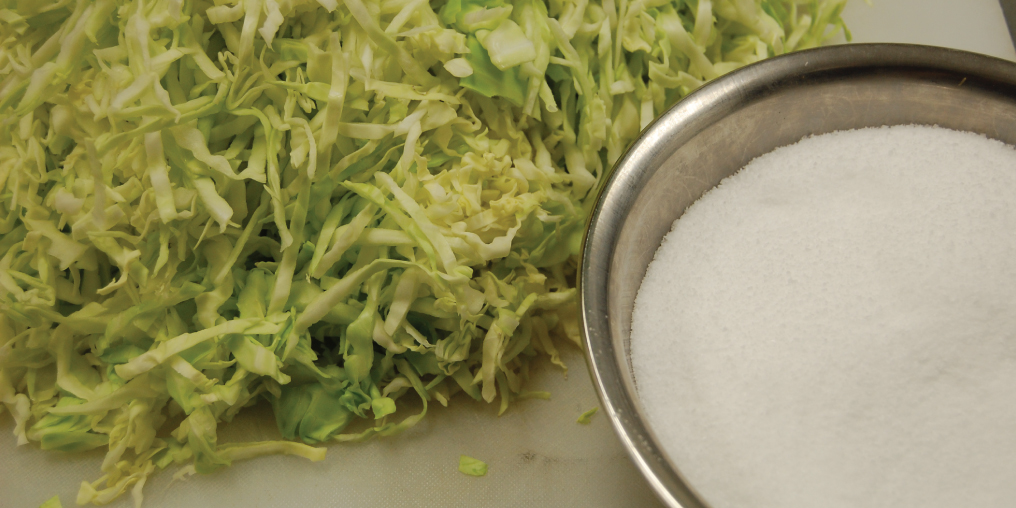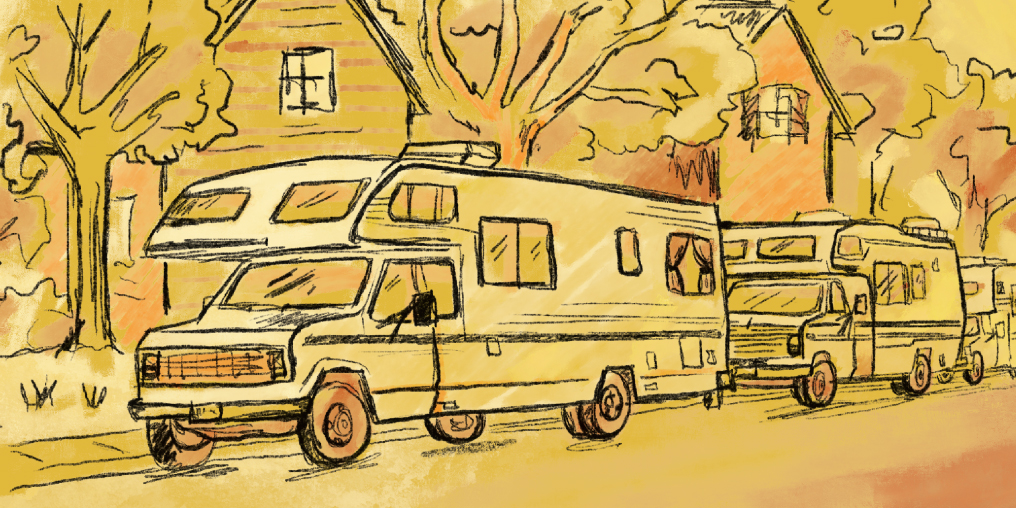After our vegetable gardens has pumped out all of the food and flavour it can, one very important job remains: preparing it for winter. Can you get away with abandoning your garden once you are done picking from it? Sure you can, it’s your garden after all, but if you want to pay your respects to the soil and bountiful plants, you shouldn’t. Like a child, it should be fed, cleaned, and lovingly tucked in to bed.
Soil health and a successful early start next spring, requires a plan. You can start by pulling out all of your vegetables and weeds. Rake out any leaves or plant remnants left behind and compost them–do not compost any diseased plants to reduce the chances of it spreading. By now your soil should be fully exposed and you can add soil amendments such as compost, manure, and lime. Mix these into the top 2-3in of soil. This is a job that if done before winter, will give your soil more time to make vital nutrients available to your plants. The next step is to provide a layer of protection between the soil and the winter elements. A thick layer of organic mulch such as straw, leaves, or grass clippings will do; or lay down a thick tarp, landscaping fabric, or plastic film. This does an amazing job reducing weed pressure and warming the soil in early spring. It also provides a solid layer across your whole plot, which helps with the leaching of nutrients due to soil erosion.

Another option is to plant a cold hardy cover crop such as hairy vetch, red clover, or fall or winter rye. Prepare your beds as explained above, to a fully exposed state, and seed them with enough time to establish themselves before severe frosts. They will eventually go dormant, but the roots will stay strong and bounce back at the end of winter. Once spring rolls around you can cut them down and turn them into your soil. Be sure to do this before they go to seed and give them about three weeks to decompose before your spring planting begins. Growing cover crops is a great way to improve the quality of your soil as it adds nutrients, lots of organic matter, fixes nitrogen levels, protects against soil erosion, and loosens subsoil with their long roots. To get the best out of this technique, you should consider growing a mix of these crops, to cover all your soil’s needs. This technique is used mainly on large-scale operations, but there is no reason that you can’t reap the rewards in your garden.
Once your bed is resting and rejuvenating, it’s time to look back on your season and start planning for next year. I love the winter months for this. It may seem like a stagnant time as far as gardening is concerned but you can still get a lot done: scouring through seed catalogues, going over notes from the previous season, reading and researching all things gardening. When you can’t be in the garden, it’s gratifying to prepare a solid plan for the spring, summer, and fall to come.
More importantly, take a step back and tip your cap to yourself. Do it because you made a conscious decision to garden–to sow, tend to, care for, and reap the bounty that you created. Gardening is more than just a hobby, it’s a way of life. It brings you joy in a way that only a few other things can. With a bit of care now, you and your soil can enjoy the winter. You both deserve it.
Mike is the lead gardener at the sustainable garden project for Riders Pizza and Cumberland Brewing Co.





